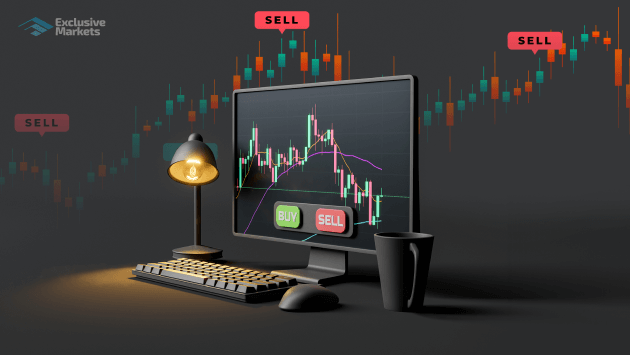
If you are looking to dive into the world of trading, forex trading investment Best Islamic Trading is a great resource to start with. Forex trading investment, or the practice of buying and selling currency pairs, has become a popular avenue for many investors seeking financial independence. The forex market operates 24 hours a day, offering immense opportunities for traders. However, the complexity and volatility can be daunting for beginners. In this article, we will explore the fundamental concepts of forex trading, key strategies, risk management techniques, and tips to succeed in the forex market.
Understanding Forex Trading
Forex, short for foreign exchange, is the largest financial market globally, with an average daily trading volume exceeding $6 trillion. Unlike traditional stock markets, the forex market does not have a centralized exchange. Instead, trading occurs over-the-counter (OTC) through a network of banks, brokers, and financial institutions. Traders speculate on the price movements between currency pairs, such as EUR/USD or USD/JPY, aiming to profit from fluctuations in exchange rates.
Key Components of Forex Trading
- Currency Pairs: All forex trades involve pairs of currencies, where one currency is exchanged for another. Currency pairs are categorized into three types: major pairs, minor pairs, and exotic pairs.
- Bid and Ask Price: The bid price represents the amount a trader is willing to pay for a currency pair, while the ask price is what a seller is willing to accept. The difference between the bid and ask price is called the spread.
- Leverage: Forex trading often allows the use of leverage, enabling traders to control larger positions with a relatively small amount of capital. While leverage can amplify profits, it also increases the risk of losses.

Strategies for Forex Trading Investment
Successful forex trading requires a sound strategy tailored to one’s individual trading style, risk appetite, and market conditions. Here are a few popular trading strategies:
1. Day Trading
Day trading involves opening and closing positions within the same trading day, with the objective of profiting from short-term market fluctuations. Day traders often employ technical analysis and real-time market data to inform their decisions.
2. Swing Trading
Swing trading is a medium-term strategy that involves holding positions for several days or weeks, capitalizing on price swings in a currency pair. Swing traders utilize a combination of technical and fundamental analysis to identify potential entries and exits.
3. Scalping
Scalping is a high-frequency trading strategy that focuses on making small profits from numerous trades throughout the day. Scalpers rely on rapid execution and tight spreads to maximize gains from minor price movements.
Risk Management in Forex Trading

One of the most crucial aspects of successful forex trading is effective risk management. Here are some fundamental practices to follow:
1. Set Stop-Loss and Take-Profit Orders
Stop-loss orders help limit potential losses by automatically closing a position at a predetermined price. Take-profit orders, on the other hand, secure gains by closing a trade when it reaches a specified profit level. These tools help traders manage their risk and make disciplined decisions amid market volatility.
2. Risk-to-Reward Ratio
Traders should establish a favorable risk-to-reward ratio for each trade, ideally targeting at least twice the potential reward relative to the risk taken. This approach ensures that even with a lower win rate, a trader can remain profitable over time.
3. Diversification
Diversifying a trading portfolio across multiple currency pairs or investment vehicles can help mitigate risk. By spreading exposure, traders can protect themselves from adverse movements in any one currency pair.
Tools and Resources for Forex Trading Investment
The forex market offers a wide range of tools and resources to assist traders in their investment journey:
- Trading Platforms: Many brokers provide user-friendly trading platforms with advanced charting tools, indicators, and research resources. Popular platforms include MetaTrader 4 (MT4) and MetaTrader 5 (MT5).
- Economic Calendars: Economic calendars help traders stay updated on important financial events, data releases, and news that can impact currency prices.
- Forex News and Analysis: Staying informed about global economic developments, geopolitical events, and market sentiment is essential for making sound trading decisions. Various websites and newsletters offer up-to-date forex news and professional analysis.
Conclusion
Forex trading investment presents vast opportunities for those willing to learn and adapt. By understanding the mechanics of the forex market, implementing sound trading strategies, effectively managing risk, and utilizing various tools and resources, traders can enhance their likelihood of success. Whether you are a novice or experienced trader, continuous education and practice are vital to thriving in this dynamic environment. As you embark on this journey, keep in mind the significance of discipline, emotional control, and a well-defined trading plan.
Invest wisely, stay informed, and embrace the challenges of the forex market, and you may find a rewarding avenue for financial growth.